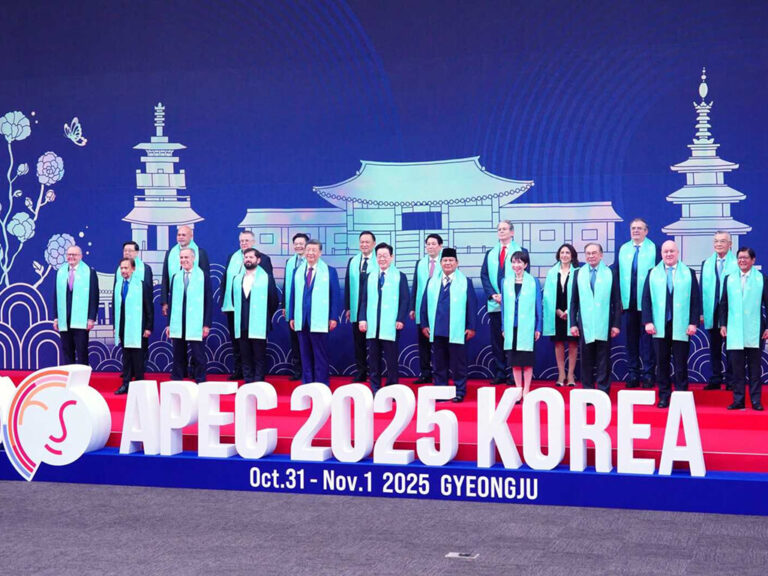There was significant uproar from the Western world when India’s Prime Minister, Narendra Modi, visited Vladimir Putin in July, despite his bold criticism of Russia’s actions during the meeting. The Indian opposition also condemned Modi, viewing the visit as a clear departure from India’s long-standing non-alignment strategy, upheld since the Cold War. However, Modi defended his decision, stressing the importance of the India-Russia relationship and highlighting several agreements that would benefit the Indian economy. By choosing Russia for his first bilateral meeting after securing his third term as Prime Minister, Modi underscored the significance he places on this relationship, but it drew heavy criticism from Ukraine and the Western world.
As a counter to his trip to Russia, Narendra Modi made a historic visit to Kyiv, the capital of Ukraine, on Friday. During the visit, he assured Volodymyr Zelenskiy of his readiness to act as a friend in facilitating a peace deal to end Russia’s war in Ukraine. Modi’s visit has sparked hope among peace advocates, as he is seen as having significant influence with Vladimir Putin, unlike other Western leaders who have previously attempted to broker a peace agreement.
This trip marks the first visit to Ukraine by an Indian leader since the country gained independence from the Soviet Union in 1991. It comes after a period of strained relations, as Zelenskiy had criticized Modi’s recent visit to Moscow, which coincided with a Russian missile strike on a children’s hospital in Kyiv. During his visit at Kyiv, Modi expressed respect and support for Ukraine’s sovereignty and territorial integrity, calling it India’s highest priority. He also emphasized that he had told Vladimir Putin during their July meeting that problems cannot be resolved on the battlefield and that the war could only be ended through dialogue and diplomacy.
Zelenskiy warmly embraced Modi and described his support for Ukraine’s sovereignty amid Russian aggression as critical. Zelenskiy posted on X that history was made with Modi’s friendly and symbolic visit, which coincided with the eve of Ukraine’s Independence Day celebrations. The two leaders stood together in front of a memorial dedicated to Ukrainian children killed by Russian missiles. During their official talks, they discussed Zelenskiy’s 10-point peace plan, which he has presented to the international community, according to India’s foreign ministry. The plan includes the withdrawal of Russian troops from occupied territories, reparations, and war crime tribunals for Russian generals and political leaders. Ukrainian officials are also preparing to organize a second peace summit this year, with Saudi Arabia being considered as a possible venue. Ukraine views building effective relations with countries of the global south as crucial, believing that a just resolution to the war is in everyone’s interest.
Reports indicate that Indians have been recruited from both sides to fight in the war, with casualties reported. With high unemployment remaining a significant issue in the overpopulated country, more Indians are reportedly ready to join the conflict. However, India’s economy has benefited substantially. Since Russia’s full-scale invasion of Ukraine in 2022 and the subsequent Western sanctions, India has imported large volumes of discounted Russian oil, which has been processed by Indian refineries and sold globally.
Although India has gained economically, Modi has consistently sought to portray his government as a neutral peace broker. Critics accuse India of merely performing a balancing act with Russia, provoking considerable anger among Western countries. Nevertheless, some political analysts believe that India’s actions are a strategic response to the Kremlin’s growing partnership with China, India’s primary geopolitical rival, leading to a reassessment of its foreign policy.
Modi’s visit comes as both Russian and Ukrainian forces are making notable advances. Recently, Ukraine launched a surprise incursion into Russia, and its forces now control a 1,250 sq km area within Russian territory, around the town of Sudzha. Around 130,000 Russians have fled the region, with fierce fighting continuing in Korenevo and other frontline villages. This incursion – the first by foreign troops into Russia since World War II—has been more successful for Kyiv than expected. The Russian military’s response to the Kursk incursion remains unclear. As the conflict escalates into a new phase, Modi’s visit to Ukraine is likely to have a significant impact on India’s relations with both Russia and the West.








